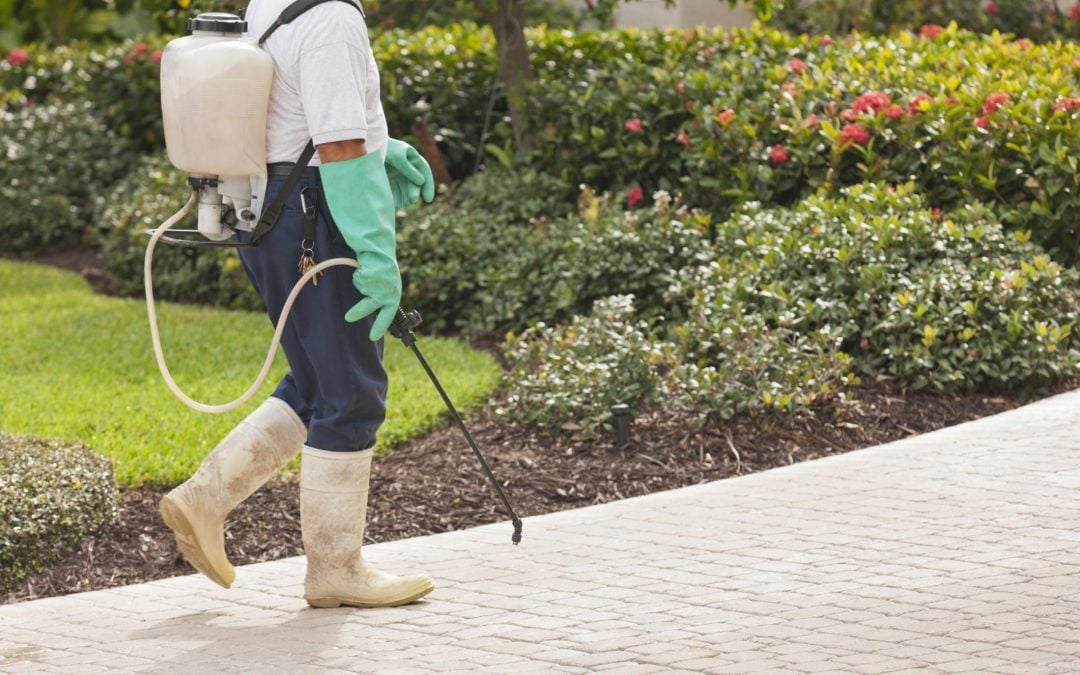How to Write a Lawn Care Contract (with Free Downloadable Template)
Use our lawn care contract template and tips to create and send contracts faster,...

The Google search engine results page (SERP) has evolved dozens of times over its history. As Google’s algorithm has become increasingly sophisticated, they have been able to identify user intent for any given query at a much more granular level.
One thing that they are very good at is identifying local intent for queries. We have all done these types of searches on Google. “Food near me”, “gas station”, “pest control”, etc.
With searches like this, it is easy for Google to understand that you aren’t looking for a pest control company that has the most authoritative website.
You are most likely looking for a company to come to your house to save you from the black widow infestation you just found.
The local pack is a search enhancement Google provides to users they deem to be searching with local intent. Depending on the search, this section of the SERP used to show between 7 and 10 listings for local companies, but given their focus on the mobile experience, Google reduced that to show 3 by default.
So why does it matter? This local 3-pack shows in the first spot on local-oriented SERPs 93% of the time!!! That means that 9 times out of 10, people searching for pest control will see these local listings as the first thing on the SERP.
In addition to that, 46% of all searches Google receives (which is 5.6 BILLION/day) have local intent. This is a huge opportunity for companies who take the steps to not only show up in the local pack but also have a listing that will draw users to click.
As the first step, you need to either claim an existing listing of your business or create one from scratch. You can start this by clicking here. Google’s wizard is pretty self-explanatory to get things created, but here are some tips to watch out for:
Optimizing your listing in this way is the foundation to any successful business listing. If you don’t take these steps, the following steps won’t matter.
A citation is just a listing of your NAP somewhere on the internet. There are a massive number of directories available online for you to create and claim business listings, similar to how you claimed your Google listing.
While directory citations aren’t a positive signal for ranking websites like it was in the past, it is still a powerful tool in helping local listings to rank more prominently. The most important factor here is to ensure that you are using the exact same NAP that you used in setting up your Google listing.
The process of claiming and optimizing your listings on these directories is very similar to your Google listing, and I would recommend following very similar steps.
So what directories should you prioritize for Pest Control? Here is a list to get you started:
Creating and optimizing a listing on these directories will be a great step to helping your listing on Google to stand out.
The final step to really helping your listing to perform is to generate a lot of high-quality, positive reviews on your Google listing. Not only is this a factor that Google uses in determining the rank of relevant businesses, it also is a huge factor for visitors deciding whether they want to do business with you.
While generating reviews can seem daunting at the onset of a campaign like this, it is a lot easier than many people think. That is due to the fact that most companies are forgetting the most critical step in generating reviews.
Ask. For. A. Review.
It is really that simple. Every time your office staff, sales reps, or techs have a positive interaction with a customer, train them to ask for a review. Make sure they know to direct people to your Google listing so you can consolidate these reviews to have the most impact.
Unprompted, it is human nature for consumers to only leave reviews after they have a negative experience. But you will find that happy customers are more than willing to take the time to give you your 5 stars if your staff just asks them to do it.
Local marketing is an important part of a holistic marketing presence, but be sure to check out our Ultimate Guide to Pest Control Marketing for a deep dive into all facets of successful pest control marketing.

Use our lawn care contract template and tips to create and send contracts faster,...

Lawn care conferences give you access to like-minded professionals, networking opportunities, new trends and...

Have you always felt comfortable with, and maybe even fascinated by, bugs and rodents?...